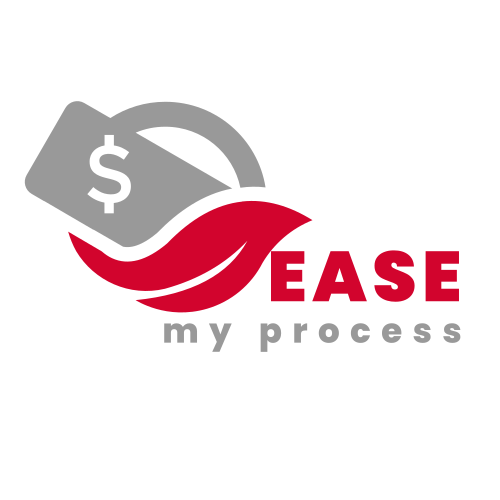- Published on
Common Valuation Mistakes and How to Avoid Them
- Authors

- Name
- Ease Pro
Common Valuation Mistakes and How to Avoid Them
Introduction
Valuation is a critical process in finance — whether for mergers & acquisitions, financial reporting, or investment decisions. However, even seasoned professionals can make mistakes that lead to inaccurate valuations. In this blog, we'll explore common valuation errors across different approaches — and how to avoid them.
―――――――――――――――――――――――
General Valuation Pitfalls
✅Ignoring Market Conditions: Valuing a cyclical business at peak earnings without normalization.
✅ Overreliance on a Single Method: Always cross-check with multiple approaches.
✅Mismatched Time Horizons: Using a 10-year DCF but 5-year comps — keep assumptions consistent.
―――――――――――――――――――――――
1. Selecting the Wrong Valuation Method
Choosing an inappropriate valuation method can distort results.
Examples:
Distressed Companies: Income approach may not work. Market Approach and Cost Approach (asset-based valuation) often more suitable.
Ongoing Businesses: Cost Approach: NAV may not represent fair value for a going concern. Income Approach (DCF): Best for stable, cash-flowing businesses. Market Approach: Useful if good comparables exist.
How to Avoid:
✅Understand business lifecycle & industry dynamics before selecting a method.
✅Use multiple approaches for cross-validation.
―――――――――――――――――――――――
2. Income Approach Mistakes
The Discounted Cash Flow (DCF) method is powerful but prone to common errors.
Common Mistakes:
❌ Incorrect Cash Flow Projections: Over-optimistic or overly pessimistic assumptions. Ignoring macroeconomic or industry cycles.
❌Wrong Cash Flow Metric: Using FCFE (Free Cash Flow to Equity) to calculate enterprise value or FCFF (Free Cash Flow to Firm) to calculate equity value.
❌ Discount Rate Errors: Using random or industry-average WACC without adjusting for specific risks. Ignoring Venture Capital return expectations in startups. Using incorrect CAPM inputs (Beta, Risk-Free Rate, Equity Risk Premium). Sourcing irrelevant or outdated data (e.g., wrong geography).
❌Terminal Value Miscalculations: Applying the Gordon Growth Model to pre- revenue startups. Using mismatched growth assumptions and discount rates.
How to Avoid:
✅Build realistic, data-backed cash flow projections.
✅Double-check definitions (FCFF vs. FCFE).
✅Validate inputs for discount rate calculations.
✅Ensure consistency between cash flows and discount rates.
―――――――――――――――――――――――
3. Market Approach Mistakes
Benchmarking to comparable companies can be tricky. Common Mistakes:
❌Insufficient Comparables: Too few or poorly matched benchmark companies.
❌ Wrong Industry or Region: Comparing businesses across different sectors or countries without adjustment.
❌Incorrect Multiples: Using PAT with EV or using EBITDA with equity. Using P/E multiples for loss-making firms instead of EV/Revenue or EV/EBITDA. Ignoring capital structure differences.
How to Avoid:
✅Select at least 7–10 comparable firms (similar sector, growth, size, geography).
✅Adjust for leverage and growth differences where needed.
―――――――――――――――――――――――
4. Cost Approach Mistakes
Asset-based valuations can overlook important value drivers. Common Mistakes:
❌ Ignoring Intangible Assets: Omitting brand value, patents, customer relationships.
❌ Overlooking Depreciation & Obsolescence: Assuming book value equals market value — especially risky for older assets.
How to Avoid:
✅Use replacement cost methodology where appropriate.
✅Value intangibles separately if significant.
―――――――――――――――――――――――
Final Thoughts
Valuation is both an art & a science. Avoiding these common mistakes requires:
✔Method selection aligned with business type.
✔Realistic assumptions in DCF.
✔Proper comparable selection in Market Approach.
✔Cross-validation across different models.
By being aware of these pitfalls, you can produce more accurate & reliable valuations.
―――――――――――――――――――――――
What valuation challenges have you faced? Share your thoughts in the comments!
―――――――――――――――――――――――
References & Further Reading:
- Damodaran, (2020). Investment Valuation: Tools and Techniques.
- McKinsey & Valuation: Measuring and Managing the Value of Companies.
PwC. Global Valuation Guidelines
